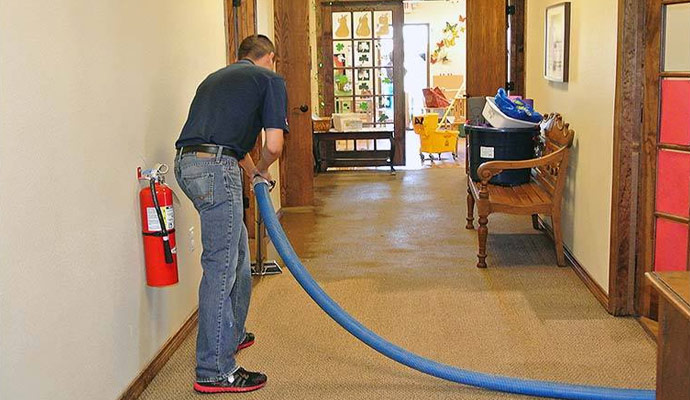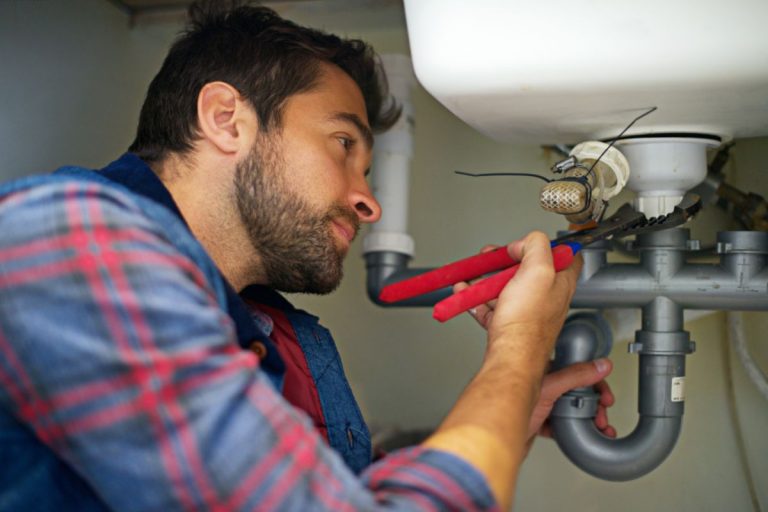Rapid response is the cornerstone of effective flood cleanup services. It involves immediate action and resource coordination to address a flood’s aftermath. By acting promptly, flood cleanup services professionals can minimize the impact of water damage, mold growth, and structural deterioration.
Immediate Assessment and Mitigation
Upon arrival at the flood-affected site, trained flood cleanup services professionals assess the extent of damage and identify potential safety hazards. They prioritize safety and take necessary precautions to protect themselves and the occupants. Mitigation measures such as securing the area and shutting off the electricity and gas supply are implemented to prevent accidents and further damage.
Efficient Water Extraction and Drying
One of the first steps in flood cleanup is water extraction. Restoration teams use powerful pumps and specialized equipment to remove standing water from affected areas. Following water extraction, the drying process eliminates moisture and prevents mold growth. Industrial-grade dehumidifiers and air movers are strategically placed to expedite the drying process effectively.
Mold Prevention and Remediation
Rapid response is vital in preventing mold growth after a flood. Mold can start developing within 24 to 48 hours, and its spores can spread quickly, posing health risks to occupants. Professional flood cleanup services include thorough mold inspections, containment measures, and effective remediation techniques to eliminate existing mold and prevent its recurrence.

Structural Repairs and Restoration
Floods often cause structural damage to buildings. Prompt response ensures that structural repairs and restoration can begin promptly. Trained professionals assess the integrity of the affected structure and initiate necessary repairs, including drying and reinforcing damaged materials, repairing electrical and plumbing systems, and restoring the property to its pre-flood condition.
The Significance of Professional Expertise
Engaging professional flood cleanup services is crucial for ensuring effective restoration. Trained technicians possess the knowledge, skills, and equipment required to handle the complexities of flood damage. They follow industry best practices, adhere to safety protocols, and employ specialized techniques to expedite the cleanup process and minimize long-term consequences.
Safety Considerations During Flood Cleanup
During flood cleanup, safety should always be a top priority. Rapid response teams undergo comprehensive training to understand and address potential hazards, including electrical risks, structural instability, contaminated water, and chemical exposure. They utilize personal protective equipment and implement strict safety measures to safeguard themselves and the occupants.
Insurance Coverage and Claims
The rapid response also plays a crucial role in navigating insurance coverage and claims processes. By promptly engaging flood cleanup services, homeowners can document the damage, provide evidence for insurance claims, and ensure a smoother claims process. Professional restoration companies often have experience working with insurance providers, facilitating communication and expediting the reimbursement process.


















